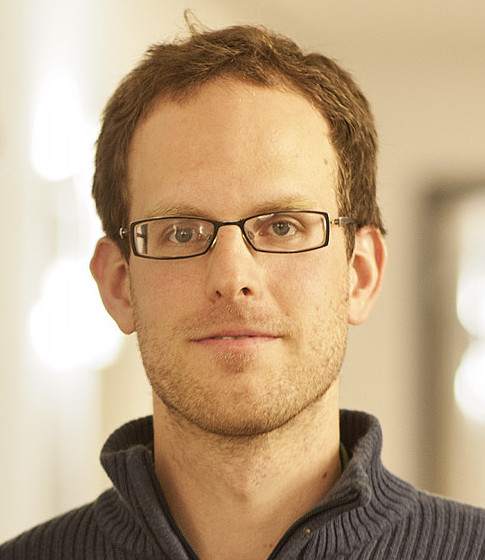
Sebastian Rimestad is a research associate (Heisenberg-Fellow) at the Institute for the Study of Religions, Leipzig University (Germany).
The rhetoric of the Russian Orthodox Church concerning the ongoing war in Ukraine is not only a thorny issue for the Orthodox bishops and faithful in Ukraine but also presents an especially tricky dilemma for Orthodox Churches in the Baltic States. In Estonia, Latvia, and Lithuania, the Orthodox Church is primarily the religious home of the post-Soviet Russian minority, although there are vocal and influential Orthodox actors in all three states who do not identify as Russian.
Particularly since the Russian attack on Ukraine in February 2022, West-leaning public opinion in these three NATO member states regards these churches with suspicion, demanding that they distance themselves from the leadership of the Moscow Patriarchate. This has happened unevenly across the three states because of the historical trajectory of their Orthodox minority churches and the personality of the respective bishops.
Moreover, the already-existing split of world Orthodoxy into “Greek” and “Russian” factions is particularly evident in the Baltic States. In Estonia, for example, two parallel understandings of the Orthodox Church have co-existed since 1923, identifying with either the “Greek” or the “Russian” camp. But such a split has also been present intermittently in Latvia and most recently also in Lithuania.
This blog post traces developments in the status of the Orthodox community in each of the three states since the full-scale Russian invasion of Ukraine. In all three countries, the relationship between the local Orthodox Church and the Moscow Patriarchate has been heavily strained over the last two years.
Estonia: A Split Community and Questioned Loyalties
In post-Soviet Estonia, two parallel local Orthodox Church institutions have operated since 1996, when Constantinople Patriarch Bartholomew decided to reactivate the 1923 Tomos granting the Estonian Apostolic Orthodox Church (EAOC) autonomy within his jurisdiction. The majority of Orthodox parishes in Estonia refused to join this church and remained with the ROC. These parishes consisted predominantly of parishioners who had settled in Estonia during the Soviet era, whereas the EAOC comprised the parishes that had a longer history in Estonian territory but much smaller numbers of parishioners.
After several years of confrontation between the two church structures, their co-existence was settled in 2002, when the Estonian Orthodox Church of the Moscow Patriarchate (EOCMP) renounced its claims to be recognized as legal successor to the inter-war EAOC. All the contested properties were handed to the EAOC, who ceded to the state those properties used by the EOCMP, for the state to generously lease them to the EOCMP.
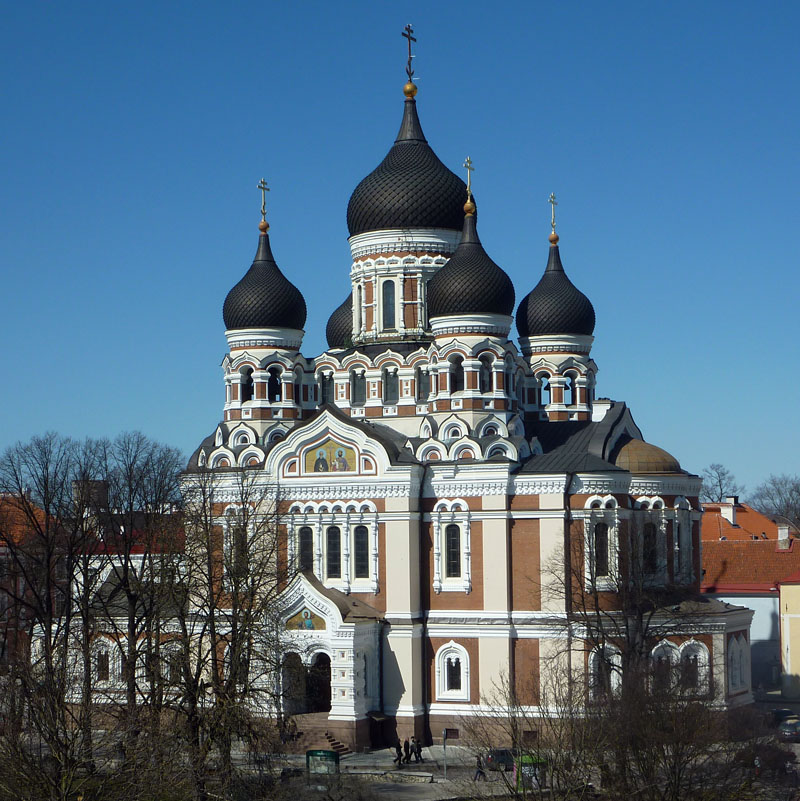
Since 2002, the two churches have co-existed side by side, more or less ignoring each other. Both institutions actively participate in the work of the Estonian Council of Churches, but they have no other points of contact. Since the Estonian State is strictly neutral in issues of religion, both bodies have the same rights, although public opinion tends to favor the EAOC. Both right- and left-wing populist groups see the EOCMP as an ally, however, because it is one of the most influential religious organization in a largely secularized Estonia and can mobilize voters. The right-wing, non-ethnic, and pro-Russian Estonian nationalist party Koos/Vmeste (Together) is especially keen on appearing close to the EOCMP.
Shortly after the Russian invasion of Ukraine in February 2022, both churches signed the joint declaration of the Estonian Council of Churches, condemning the military action and calling on Russia to stop the war. However, in a TV interview in March, Metropolitan Eugeni (Reshetnikov), the head of the EOCMP, did not manage to enunciate any concrete criticism, even when pressed, and only reiterated that the Orthodox Church condemns war and bloodshed in general.
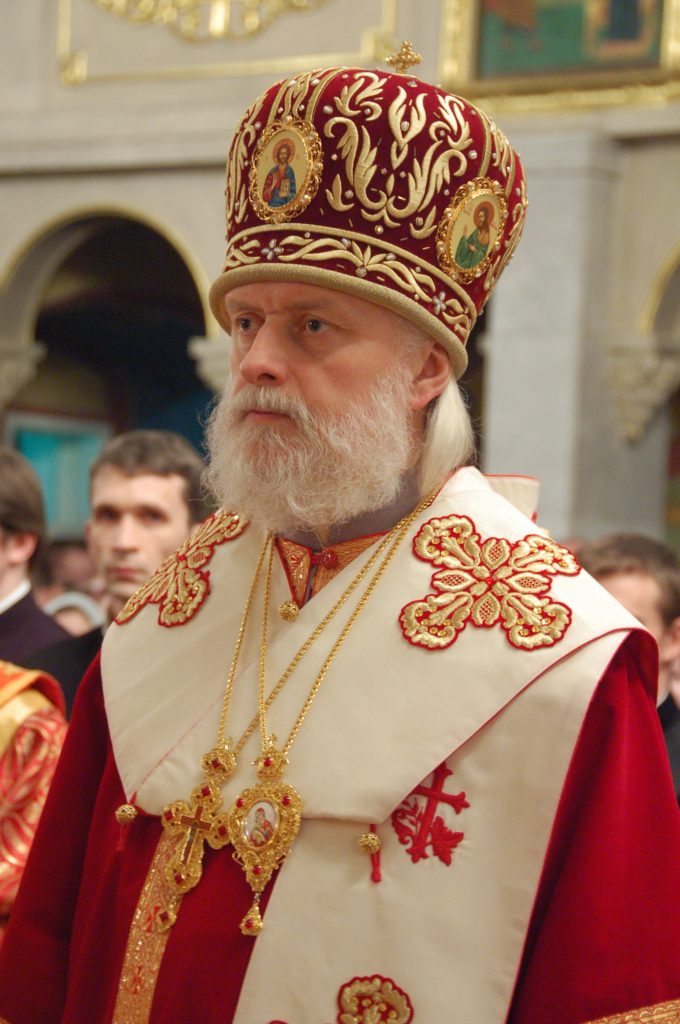
This encouraged a public debate that has lingered in Estonia since Eugeni was named Metropolitan of Tallinn and All Estonia: where does his loyalty really lie—in Estonia, or in Russia? The bishop himself repeatedly claims that his loyalty lies with the faithful of his diocese, and all attempts to get him to concretize more pointed denouncements have failed. When Patriarch Kirill of Moscow preached in September 2022 that Russian soldiers dying in battle would be “cleansed of their sins,” the Estonian Minister of the Interior demanded that Eugeni distance himself from this idea. Literally in the last moment before the deadline, the office of the metropolitan published a declaration, carefully worded to satisfy the absolute minimum required.
Since Metropolitan Eugeni remains a citizen of the Russian Federation, the Estonian State could threaten him with withdrawing his residence permit. When this permit was up for a routine renewal on 6 February 2024, the state actually used this leverage to refuse the extension. It argued that Eugeni’s loyalty to the Estonian State and its values could not be sufficiently ascertained. This was not only because of his failure to clearly distance himself from the rhetoric of the Russian Church but also because the EOCMP had always argued that it was not political, yet it entertained rather clear links with certain right-wing political movements. According to Eugeni, these “links” were provocations from political actors and he had always acted in good faith.
The decision not to renew Eugeni’s residence permit was also made against the backdrop of a general suspicion toward Russian citizens in Estonia. Earlier in 2024, Viacheslav Morozov, a highly acclaimed professor of international relations and Russian studies at the University of Tartu, was detained on suspicions of espionage. When announcing the decision regarding Eugeni, the Estonian security police spokesman emphasized that the decision only applied to Eugeni personally and did not touch on the religious freedom of other EOCMP faithful. This was contested by several commentators, including the head bishop of the Estonian Lutheran Church, Urmas Viilma, who had also earlier characterized the official treatment of Eugeni as contrary to religious freedom.
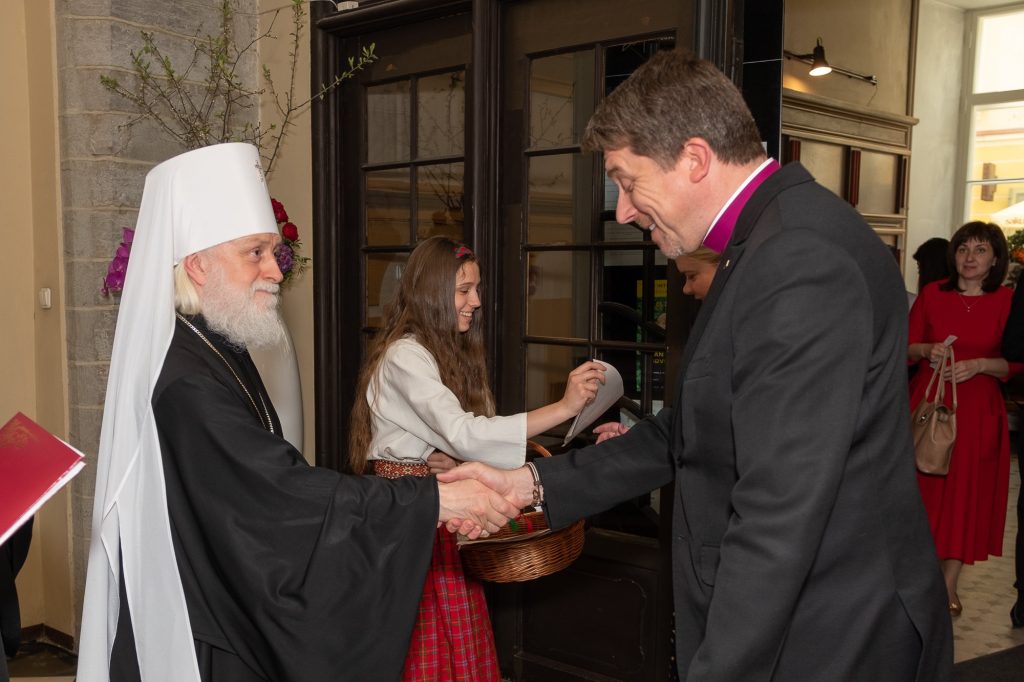
However, with little hope of legal recourse in his case, Eugeni accepted his fate, leaving Estonia for Russia on 6 February. He insisted on continuing as head of the EOCMP in exile and hastily consecrated a third auxiliary bishop for the Church before he left, providing the local synod with a quorum even in his absence as head bishop.
Latvia: Following Political Demands
The Latvian case is much more straightforward but no less interesting. In contrast to the Orthodox Church in Latvia’s two neighboring countries, surprisingly little debate has taken place within the Latvian Orthodox Church (LaOC). Its head bishop, Metropolitan Aleksandr (Kudriashov), responded to the Russian attack with a statement against war and bloodshed, clearly showing sympathy with the attacked Ukraine.
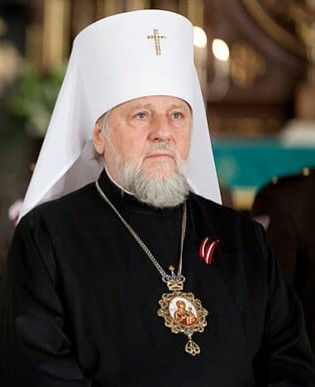
In his statement, Aleksandr emphasized that the LaOC had always been a multi-ethnic community with no political home on earth that cares only for the soul of the faithful. The fact that he was a bishop in the Moscow Patriarchate’s jurisdiction did not appear in the commentaries. Even so, criticisms arose in the summer and fall of 2022, originating in the Latvian parliament in terms of security politics.
This criticism culminated in a law, signed by President Egils Levits on 8 September 2022, which characterized the LaOC as an autocephalous Orthodox Church. Unlike the Estonian State, which does not interfere in religious matters, the Latvian State traditionally signs bilateral agreements with religious communities that have the status of state laws. According to the new law, the LaOC shall no longer depend on institutions outside of Latvia, either in administrative or legal terms.
The LaOC dryly commented on the legislation on its website: “The new law signifies no change to the Orthodox faith, the liturgical life, the calendar, the liturgical language, the rituals, the traditions, or internal church life.” Less than a month later, the LaOC formulated an amended charter that conforms to this political demand of independence from Moscow, and a fourth bishop for the church was consecrated in August 2023. The developments in Latvia thus point toward the birth of a new church, even though this has obviously not been accepted in Moscow or anywhere else. It remains to be seen whether this declaration of autocephaly is viable in the long run or remains a political project that will never translate into canon law relevance. In any case, Metropolitan Aleksandr still commemorates Patriarch Kirill of Moscow during liturgy.
Lithuania: A New Church Split
The Orthodox community in Lithuania, lastly, remained true to the Russian Orthodox Church throughout the twentieth century, while all its neighbors at some point courted Constantinople. The war in Ukraine has changed this, for the Lithuanian Orthodox Church (LiOC), in spite of being numerically and proportionally the smallest Orthodox minority church in the Baltics, has experienced a split down the middle over the past two years.
While the Orthodox Churches of Estonia and Latvia received broad autonomy in the early 1990s in order to counter centrifugal tendencies—with more success in Latvia than in Estonia—the autonomy of the LiOC was always purely administrative so that it could operate within the Lithuanian state. Moreover, headed by the experienced Metropolitan Innokentii (Vasiliev), it was a respected actor both on the Lithuanian religious scene and within the ROC. The Orthodox faithful in Lithuania, more than those of its northern neighbors, form part of the ethnic Russian minority, a minority that pre-dates the Soviet era. However, post-election unrest in Belarus in 2020 put a strain on Lithuania’s relations with Russia, and the 2022 attack on Ukraine affected those relations even further.
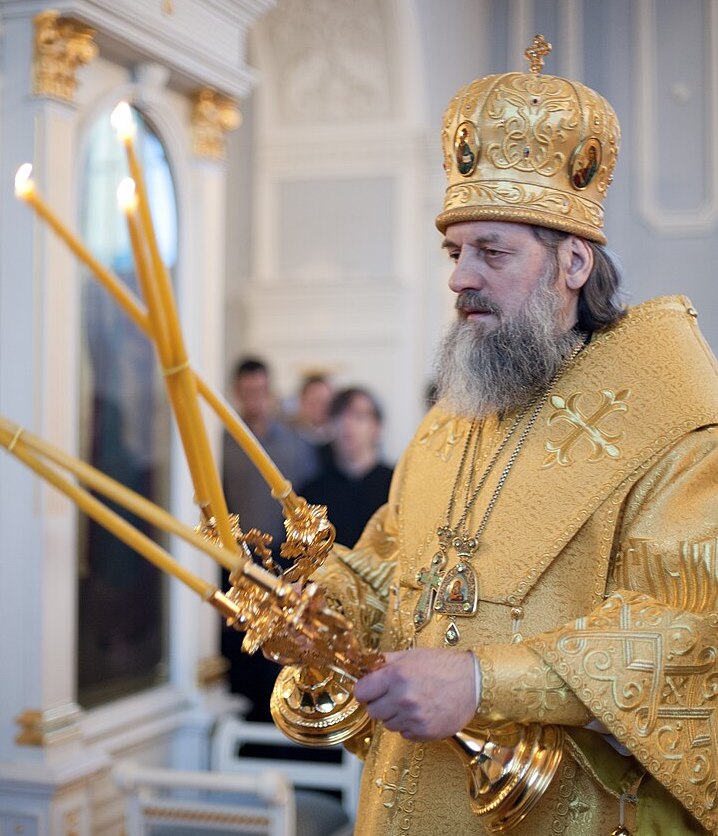
Metropolitan Innokentii managed to navigate the LiOC, but his auxiliary, Bishop Amvrosii (Fedukovich), was not so diplomatically gifted. Innokentii issued a statement in early March 2022 that he did not agree with the pro-war position of Patriarch Kirill of Moscow and would follow the democratic West, of which he was a citizen. Moreover, following the Ukrainian declaration of ecclesiastical independence on 27 May, Innokentii sent a letter to Moscow requesting similar independent status for the LiOC. Bishop Amvrosii personally carried this letter to Moscow and returned to Lithuania after several months in Russia with a clear rejection.
In the meantime, the LiOC had experienced internal commotion. Among the ethnic Russian long-term faithful, a small group of ethnic Lithuanian converts, half a dozen of which had become parish priests, agitated for a transfer of jurisdiction to that of the Ecumenical Patriarchate of Constantinople. Metropolitan Innokentii had already suspended three of them, accusing them of conspiring against his leadership. They argued that Amvrosii had effectively taken over the LiOC from the aging Innokentii (born 1947) and steered the Church away from the latter’s legacy of non-entanglement with ideology and politics. Two more priests were suspended in July, but this brought the issue to light in Lithuania’s political public square, provoking statements by politicians and even a bishop of the Orthodox Church of Ukraine (under Constantinople), who all argued that a switch to Constantinople’s jurisdiction would be the only viable way forward.
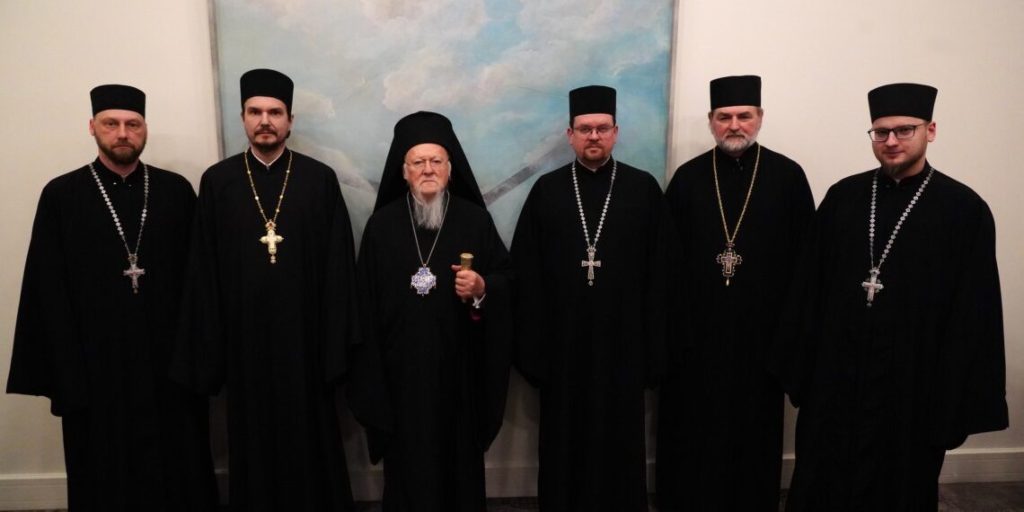
In February 2023, Patriarch Bartholomew of Constantinople chimed in, reinstating the five suspended priests to office and initiating the creation of a new Church structure in Lithuania under his jurisdiction. The structure officially began functioning as an Exarchate of the Ecumenical Patriarchate in January 2024, led by Justinus Kiviloo, an Estonian widowed priest and long-time Archdeacon of Metropolitan Stefanus (EAOC). The new structure, which was registered with the Lithuanian State on 15 February 2024, consists of 10 priests and 10 congregations, which currently meet in borrowed Protestant and Catholic churches. Six of the priests are ethnic Lithuanians, the others are Belarusians, Russians, and the Estonian Exarch. Metropolitan Innokentii has commented that the new structure “should be accepted as a reality of the times.”
The Baltic States as a Miniature of World Orthodoxy
The three Baltic States present a wide panorama of positions when it comes to the Orthodox Church. In spite of their rather minuscule size (none of the Orthodox communities numbers more than 200,000 faithful), they illustrate the dilemma of most of the Russian Orthodox world outside of the Russian Federation: to what extent can loyalty to Patriarch Kirill and the Moscow Patriarchate be reconciled with living in a Western democracy that views Russia as an aggressor and everything Russian with suspicion?
The three countries have dealt with this dilemma differently. In Latvia, the strong hand of Metropolitan Aleksandr has nipped all serious criticism in the bud, while he successfully argues that he has broken legal and administrative ties to Moscow. In Estonia, the EOCMP has unsuccessfully tried to keep a low profile, and only the future will reveal the implications of the metropolitan’s expulsion for the church. The existence of a second, more Western-oriented Orthodox Church has softened criticisms a bit, but there have been surprisingly few publicly visible transfers from one Church structure to the other. In Lithuania, the war in Ukraine has revealed internal rifts and unreconcilable differences of opinion, which have resulted in the creation of a new religious community—a parallel Orthodox Church under Constantinople’s jurisdiction.
This split along the geopolitical fault line between Moscow and Constantinople is likely to continue, as long as bishops who are unable to clearly articulate support for the democratic system they live and work in, such as Eugeni and Amvrosii, have a say in the fate of local churches. Whether the Orthodox Churches in the Baltic States will be able to function as peace brokers and benign actors after the end of hostilities remains unclear.
